Bulbs
Flower Basics
Flower Beds & Specialty Gardens
Flower Garden
Garden Furniture
Garden Gnomes
Garden Seeds
Garden Sheds
Garden Statues
Garden Tools & Supplies
Gardening Basics
Green & Organic
Groundcovers & Vines
Growing Annuals
Growing Basil
Growing Beans
Growing Berries
Growing Blueberries
Growing Cactus
Growing Corn
Growing Cotton
Growing Edibles
Growing Flowers
Growing Garlic
Growing Grapes
Growing Grass
Growing Herbs
Growing Jasmine
Growing Mint
Growing Mushrooms
Orchids
Growing Peanuts
Growing Perennials
Growing Plants
Growing Rosemary
Growing Roses
Growing Strawberries
Growing Sunflowers
Growing Thyme
Growing Tomatoes
Growing Tulips
Growing Vegetables
Herb Basics
Herb Garden
Indoor Growing
Landscaping Basics
Landscaping Patios
Landscaping Plants
Landscaping Shrubs
Landscaping Trees
Landscaping Walks & Pathways
Lawn Basics
Lawn Maintenance
Lawn Mowers
Lawn Ornaments
Lawn Planting
Lawn Tools
Outdoor Growing
Overall Landscape Planning
Pests, Weeds & Problems
Plant Basics
Rock Garden
Rose Garden
Shrubs
Soil
Specialty Gardens
Trees
Vegetable Garden
Yard Maintenance
How to Plant Bulbs in Containers
How to Plant Bulbs in Containers. Spring-flowering bulbs like daffodils and tulips are easy to grow in pots. Plant them in fall at the same time as you'd put bulbs in the ground. Here's how to create containers of showstoppers for your patio, deck and porch.
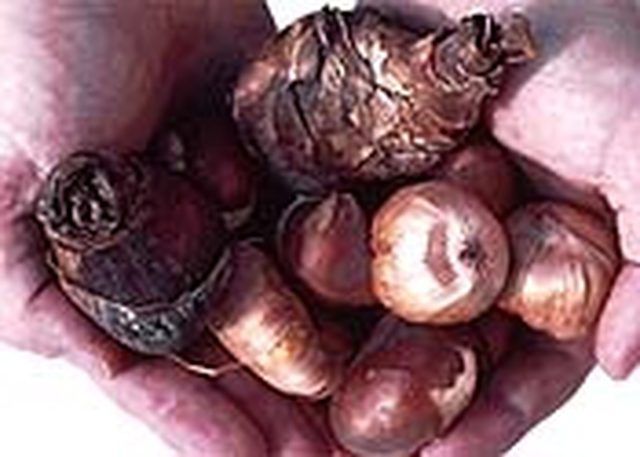
Spring-flowering bulbs like daffodils and tulips are easy to grow in pots. Plant them in fall at the same time as you'd put bulbs in the ground. Here's how to create containers of showstoppers for your patio, deck and porch.
Things You'll Need
Bulb Fertilizers
Garden Hoses And Attachments
Liquid Fertilizers
Mulch
Potting Soil
Select an attractive ceramic, clay or wooden container. Pots with a diameter of 10 to 12 inches work nicely. That's big enough for 8 to 12 tulips or daffodils.
Fill the pot with enough quality potting soil so that bulbs placed on top can be covered with enough soil to bury them at the proper planting depth (at least an inch or more).
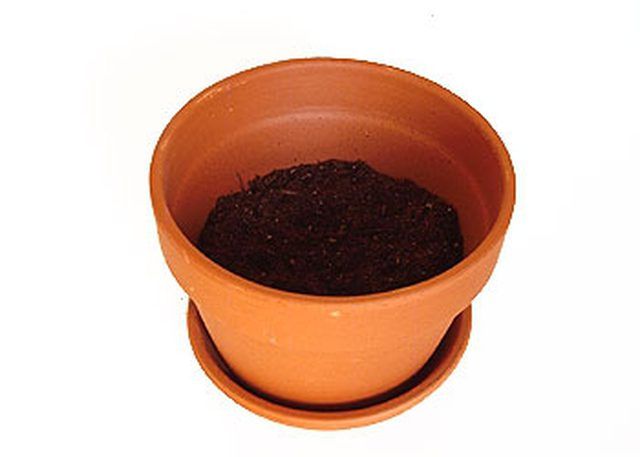
Mix some slow-release bulb fertilizer into the top of the potting soil.
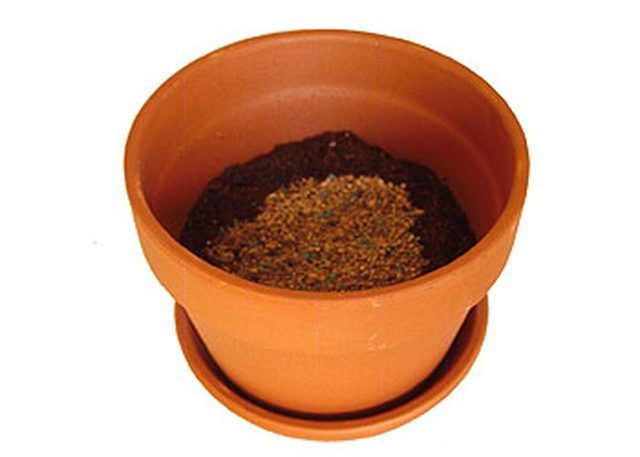
Set the bulbs on top of the soil in the pot. The closer together they are, the more flowers you'll get at bloom time.
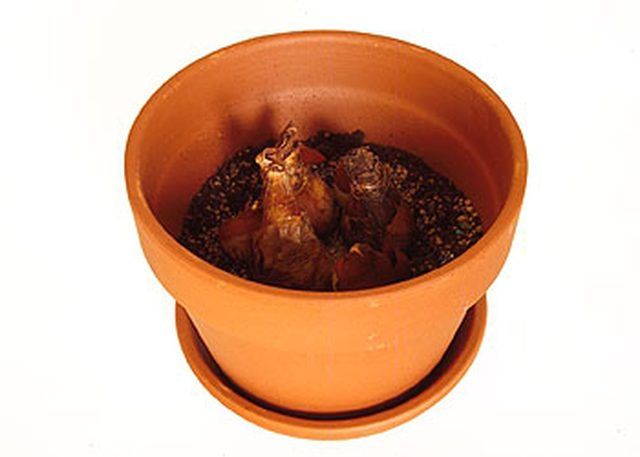
Fill the pot with soil to within an inch of the top.
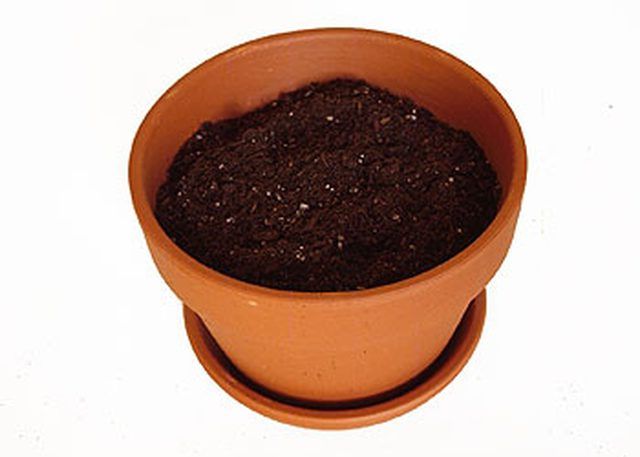
Water thoroughly.
Place the pots in a cool spot and cover with several inches of mulch. Check the pots often and water if necessary through winter.
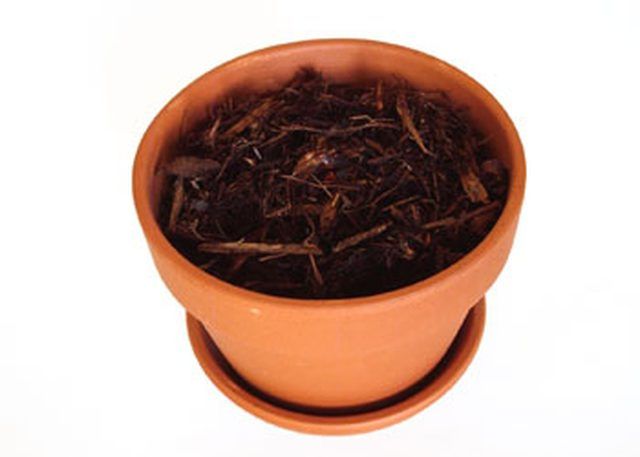
Move the pots to a sunny location when you see the first signs of growth.
Keep the pots moist until after bloom.
Fertilize every two to four weeks with a liquid plant food. Follow label instructions.
Move the pots to an out-of-the-way spot after bloom. Keep moist until foliage dries.
Plant the bulbs in the garden next fall. They may or may not bloom.
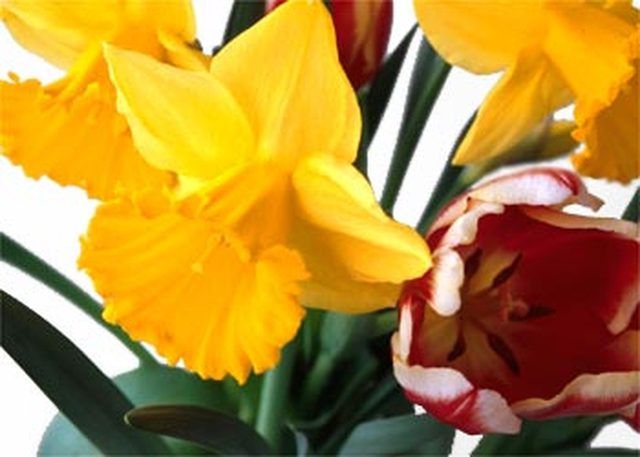
Tips & Warnings
For a long season of bloom, plant early, midseason and late varieties in the same pot. Or mix different types of bulbs in the same container. Plant in layers, with the biggest bulbs deeper.
In mild-winter climates, plant cool-season annuals and perennials like pansies, violas and iberis on top of the bulbs. Put the pots out in the garden immediately.
If planting different types of bulbs in the same pot, put taller ones in the middle and shorter ones near the edge.
Make sure to plant bulbs right side up (usually pointed side up, root side down).